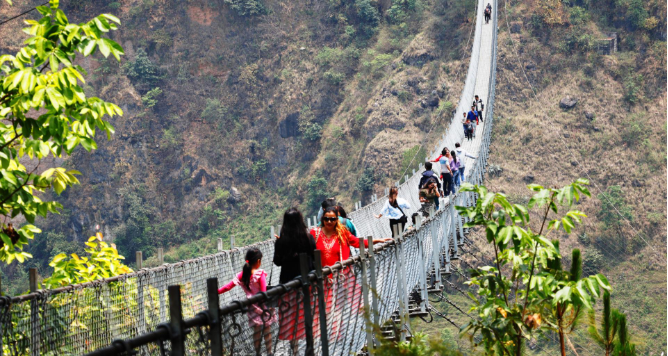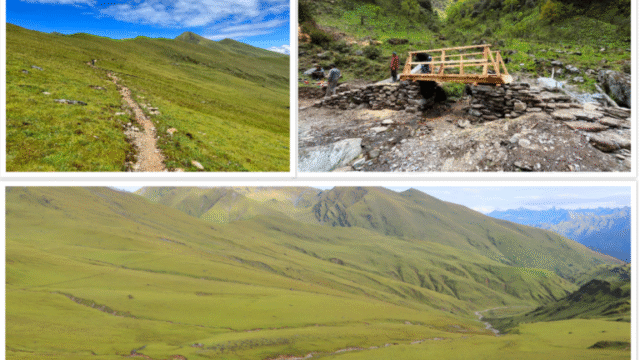Baglung, a district known for its cultural and natural attractions, is witnessing a significant rise in domestic tourism, despite relatively low international footfall. In recent times, the district has emerged as a popular destination among Nepali travelers for religious pilgrimages, educational tours, and sightseeing trips.
The influx of internal tourists has notably increased at prominent destinations like Baglung Kalika Temple, Panchakot, and the Shaligram Museum in Kudule. These locations are now frequently visited by hundreds of vehicles carrying tourists from across Nepal. The rise in visitors has even caused parking challenges around the Kalika Temple premises.
The district’s major attractions, including Nepal’s longest suspension bridge, the Bhairabsthan Temple, Gaighat Waterfall, and the Dhorpatan Hunting Reserve, have also recorded consistent annual growth in visitor numbers. The development highlights it’s evolving image as an ideal location for both spiritual and leisure-based domestic tourism.
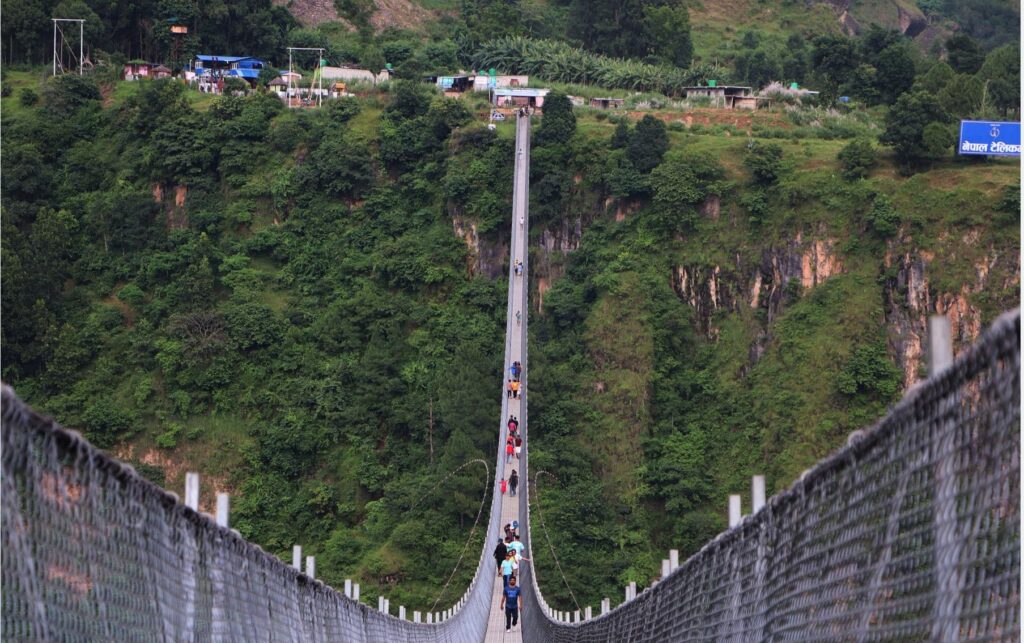
It’s religious and tourism hotspots have become the preferred destinations for pilgrims and school groups from cities like Biratnagar and Pokhara. Resident Arjun Sapkota, who is actively involved in managing the Shaligram Museum, reported that over 100,000 visitors came to the museum last year alone. “On the first day of the Nepali New Year 2082, the museum saw a record-breaking number of visitors,” Sapkota said. He added that many school and college groups, particularly from the Pokhara area, have been making Baglung their choice for educational excursions.
Baglung Attracts Tourists
According to Sapkota, nearly 50 percent of the museum’s visitors also travel onwards to Mustang, using Baglung as a gateway. “During the New Year, there was barely space to stand in the museum due to the crowd. Since then, holidays have consistently brought large numbers of domestic tourists,” he noted. The museum, located just four kilometers from the district headquarters, has become a vital stop on the way to the trans-Himalayan region.
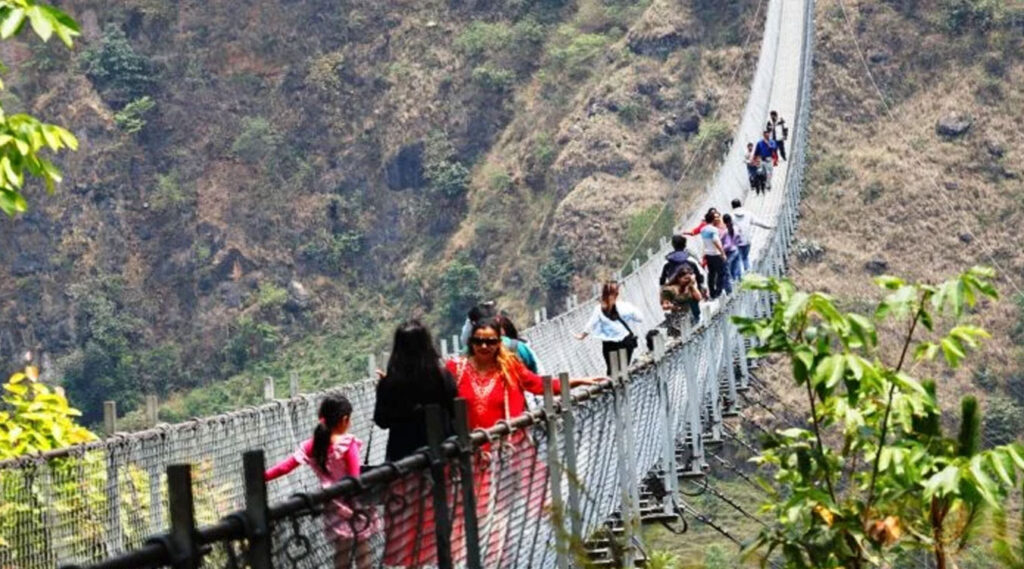
Kumar Khadka, Chairperson of the Kalika Guthi Management Committee, confirmed the growing popularity of Baglung’s temples and heritage sites. “Pilgrims traveling to Muktinath and educational tour groups are increasingly stopping at Baglung Kalika and surrounding attractions,” he said. The Kalika Temple, which used to see high traffic primarily during major festivals like Chaitra Dashain and Bada Dashain, now experiences year-round footfall. Since Chaitra Dashain alone, over 600,000 visitors have entered the temple premises.
Travelers like Ram Marhajan from Hetauda shared that Baglung was on their itinerary after hearing about its religious and tourism appeal. “We had heard about it’s beauty, so we dedicated one day of our seven-day educational tour to visit Panchakot, the Shaligram Museum in Kudule, and Baglung Kalika Temple,” Marhajan said. His group had plans to proceed to Myagdi and Mustang after exploring Pokhara and Baglung.
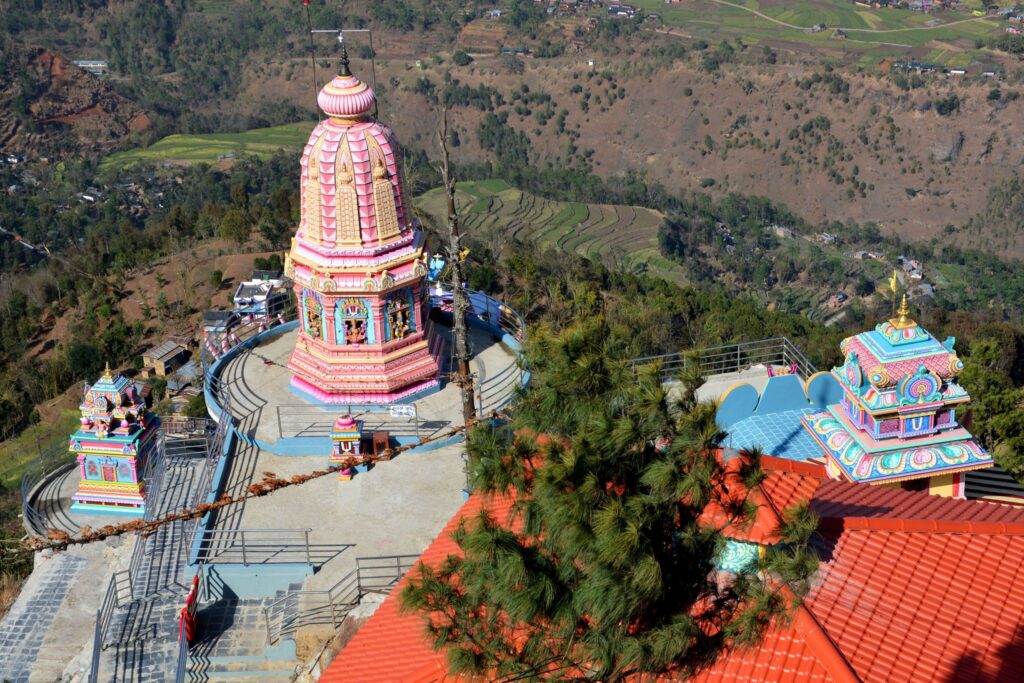
Tourism entrepreneurs have also observed that it’s attractions are beginning to captivate travelers en route to Mustang. With the rise in educational and recreational travel, local hotels are experiencing higher occupancy rates. Arjun Chokhal, a tourism entrepreneur in Baglung, noted that most hotels remain busy due to a steady flow of students and families exploring the region.
The inclusion of Baglung Kalika and Panchakot in the government’s list of top 100 tourism destinations has played a crucial role in boosting local tourism. The active engagement of tourism stakeholders in promoting the district, combined with its strategic location on the route to other Himalayan destinations, has transformed Baglung into a thriving hub for internal tourism.
As Baglung continues to develop its tourism infrastructure and attract greater numbers of domestic tourists, it stands as a testament to the potential of internal travel in driving local economies and promoting regional heritage. With increasing recognition and strategic promotion, stakeholders are optimistic that Baglung will continue to rise as a key tourism destination in western Nepal.
